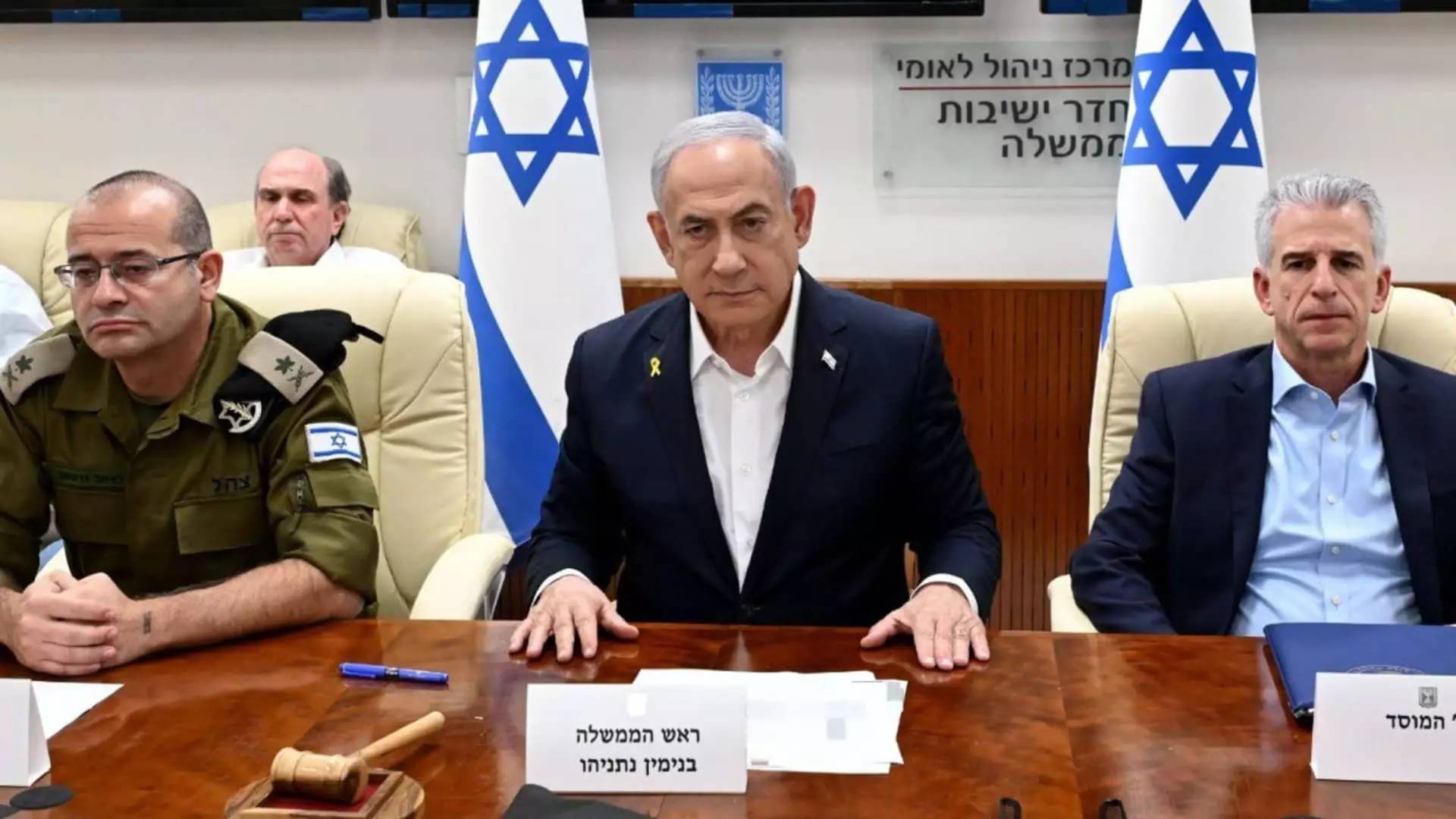The geopolitical climate of the Middle East has reached a critical tipping point, as evidenced by Israel’s recent airstrikes on Iranian military targets. This unprecedented military action, described as retaliation for a previous ballistic missile assault by Iran on October 1, symbolizes not only the heightening frictions between Israel and Iran but also the broader regional instability fueled by longstanding animosities and complex alliances. In recent weeks, the impasse has led to a cycle of retaliatory strikes and increasingly dire humanitarian consequences, particularly for civilians in Gaza and Lebanon.
Since Hamas launched an incursion into Israel on October 7, 2023, which tragically resulted in around 1,200 casualties and numerous hostages, the region has been engulfed in violence. The Israeli government’s military response has been multifaceted, including a ground offensive in Gaza and operations targeting Iranian-backed forces in Lebanon. The continuous military engagements raise serious questions about the potential for a full-scale regional war, as Israel confronts multiple fronts simultaneously.
Israeli officials have confirmed their strikes in Iran were specifically aimed at military installations, asserting their right to self-defense. Military spokesman Rear Adm. Daniel Hagari emphasized this position, framing Israel’s strikes within the broader narrative of resistance against ongoing aggression from Iranian forces and their proxies. The complexity of this situation lies in the implication that such actions could further escalate tensions not only between Israel and Iran but among their respective allies.
The Iranian response to these airstrikes has been characterized by a mix of defiance and a tight-lipped acknowledgment of the explosions that resonated across Tehran. While state media attempted to downplay the severity of the strikes by showcasing benign activities within the capital, the fear among civilians was palpable. Reports from residents indicate a significant number of explosions, highlighting the impact these military operations have on everyday life in Iran.
The Humanitarian Cost
As the conflict plays out on the battlefield, the humanitarian implications for the civilian population cannot be overstated. The ongoing airstrikes in Gaza have reportedly killed over 42,000 Palestinians, with a tragic proportion of casualties being civilians, including numerous children. The UN has spotlighted the critical plight of those trapped in the northern Gaza town of Jabaliya, where humanitarian aid is increasingly scarce.
Moreover, the wider regional conflict exerts pressure not only on the immediate combat zones but also on neighboring countries like Lebanon and Syria. The strike in Lebanon that claimed the life of three journalists exemplifies the collateral damage of a conflict that knows no borders. Such events underline the urgent need for international dialogues that prioritize de-escalation and the safeguarding of civilian lives amidst military engagements.
Given the escalating tensions, the role of international diplomacy becomes crucial. The U.S., which maintains a complicated relationship with both Israel and Iran, has found itself in a unique position. During Secretary of State Antony Blinken’s recent Middle Eastern tour, there were attempts to urge Israel to act with restraint and avoid further escalation. The dynamics of U.S.-Israel relations are complex; while the U.S. has historically supported Israel’s right to defend itself, the potential ramifications of this conflict could have boisterous consequences on regional stability and U.S. interests as well.
Interestingly, U.S. officials have claimed they received notifications from Israel prior to the strikes, yet they emphasized that there was no direct involvement in the military operations. The unfolding situation poses a critical challenge for U.S. foreign policy, testing the balance between supporting an ally and promoting peace and stability in the region.
Historically, the animosity between Israel and Iran has evolved through various forms of conflict, including a shadow war marked by proxy engagements and covert operations. While Iranian forces have been implicated in aggressive assaults, especially towards Israeli interests, Israel has undertaken operations that have included assassinations of Iranian nuclear scientists and sabotage of critical military infrastructure.
What differs now, however, is the glaring public exhibition of hostilities that has transcended clandestine operations, forcing both nations into the limelight of international scrutiny. As Iran’s responses to assaults become more pronounced, the prospect of broader regional warfare looms ominously, drawing in multiple factions and complicating diplomatic efforts.
As Israel intensifies its military operations against Iranian targets, the clash of titans risks spiraling into uncontrollable chaos. The intersection of national security, humanitarian crises, and the complex web of international relations demand urgent and nuanced approaches. Amid the clamor of artillery and the cries of the afflicted, there remains a pressing need for dialogue—an avenue that seems increasingly obstructed as the cycle of violence perpetuates uncertainty and destabilization in the Middle East. The unfolding drama is not just a tale of two warring nations; it stands as a poignant reminder of the imperative for peace that modern diplomacy must strive to achieve.


Leave a Reply